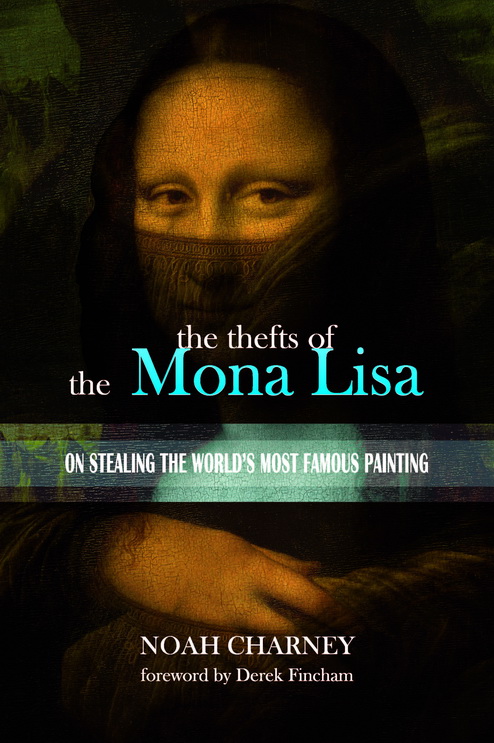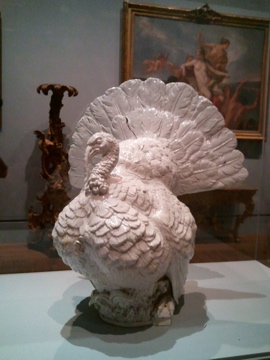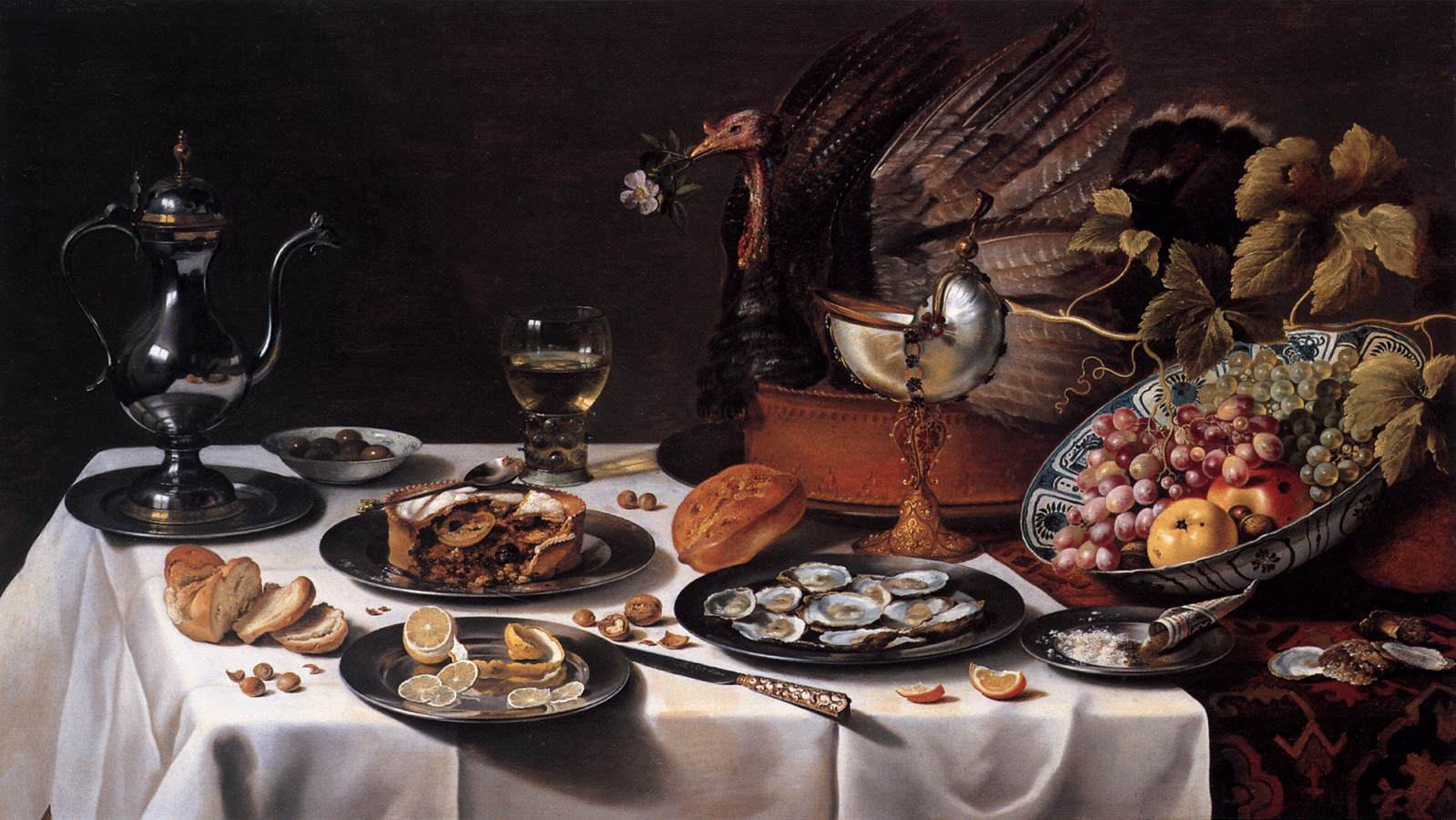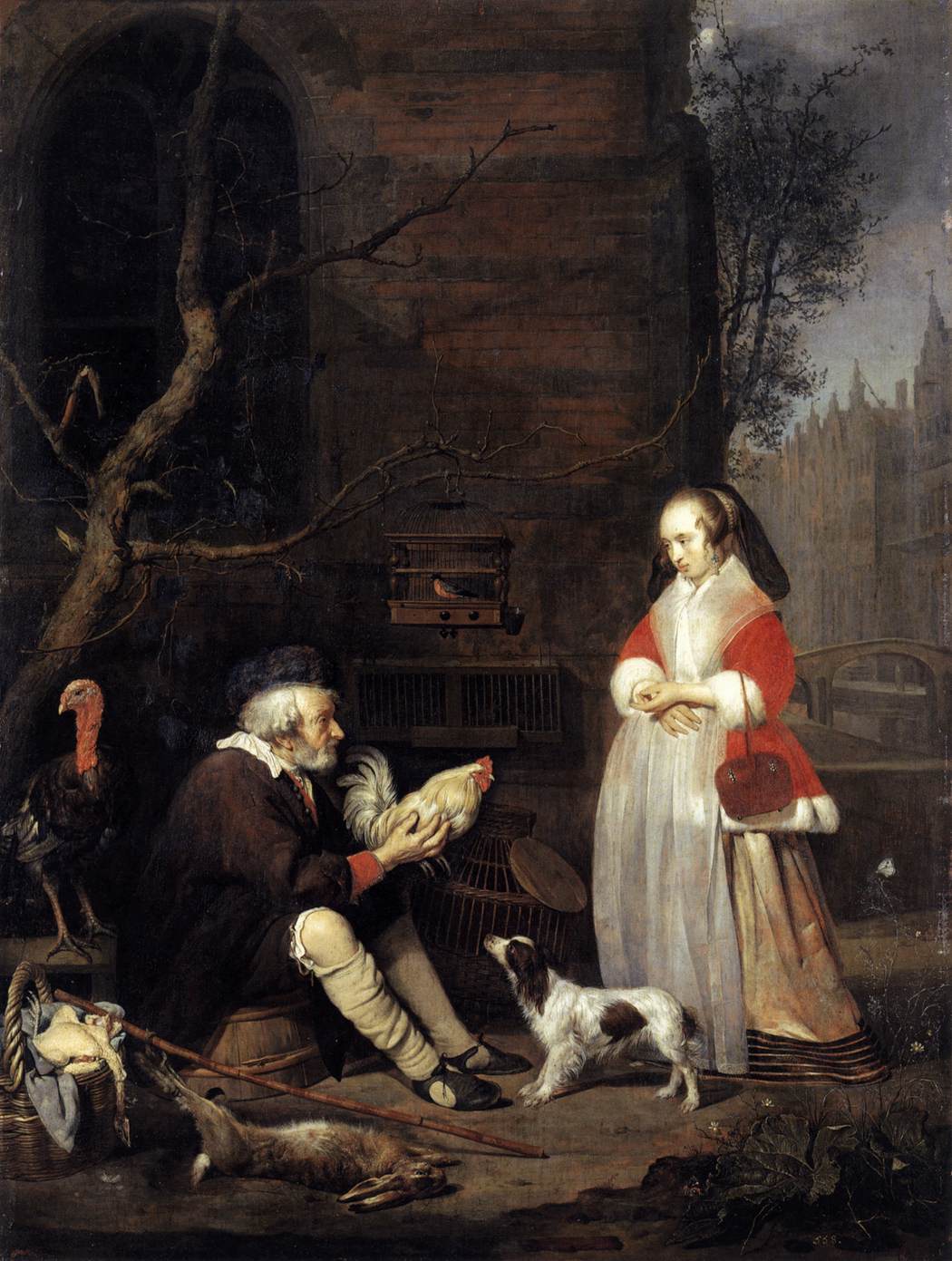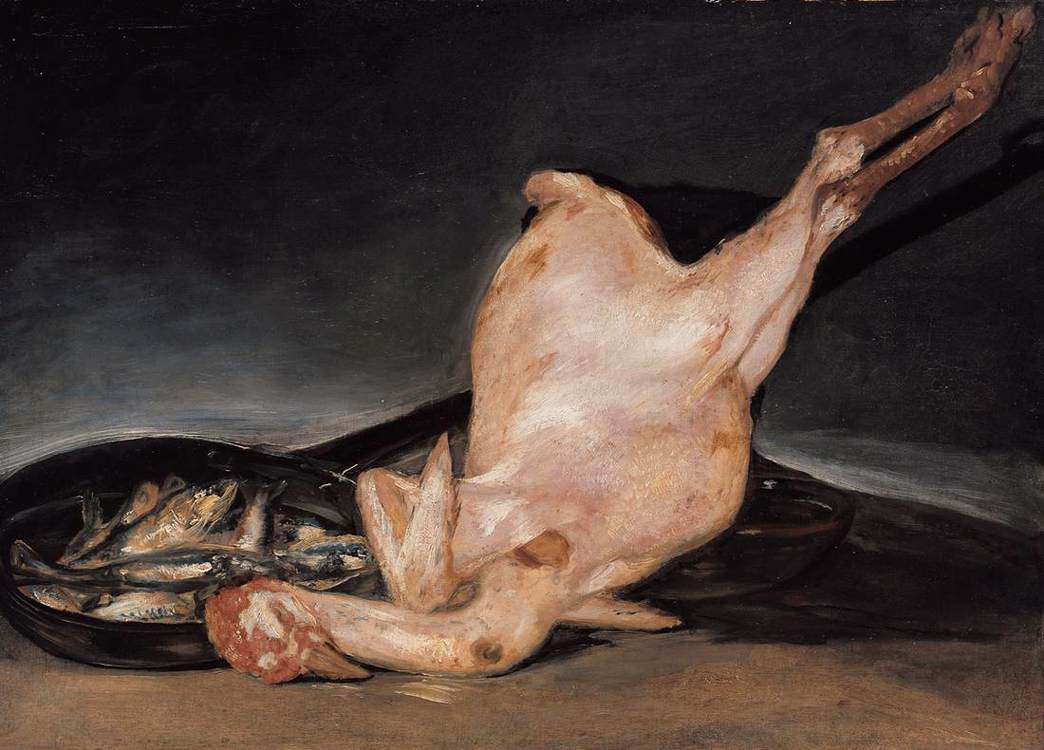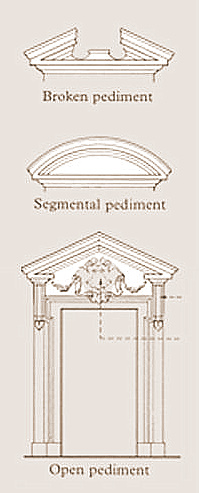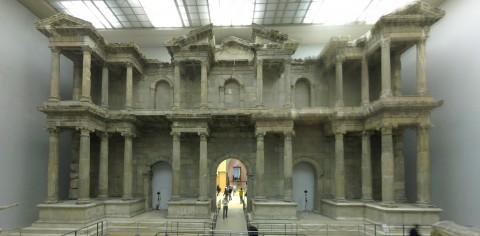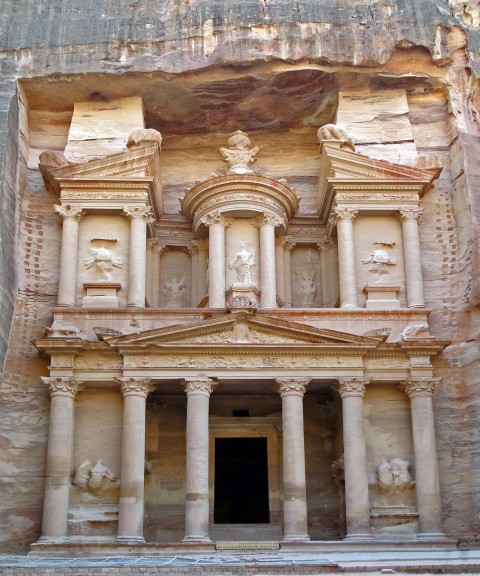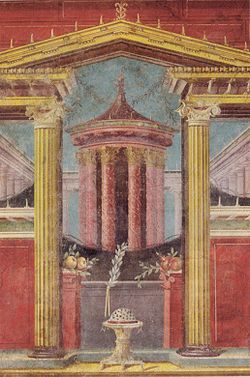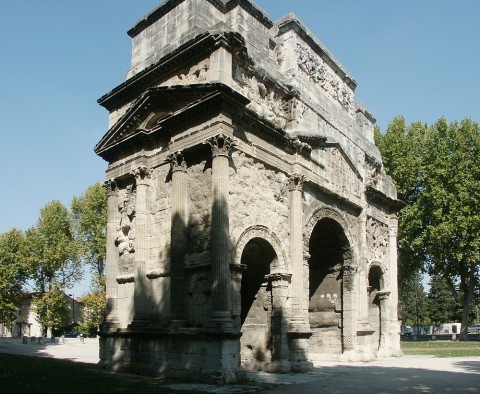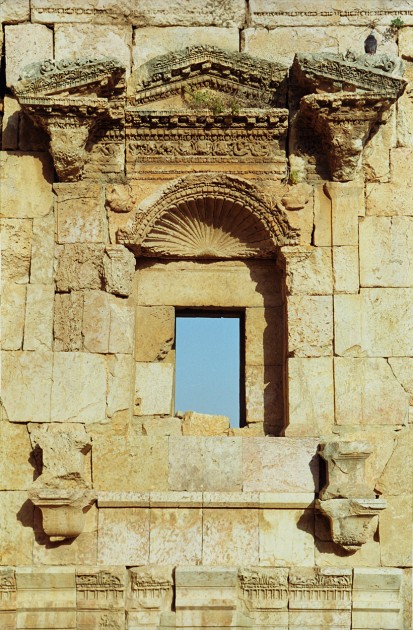Saturday, November 26th, 2011
Book Review: “The Thefts of the Mona Lisa”
If you are looking for a book this holiday season (either to give as a gift or to read yourself), I heartily recommend Noah Charney’s new book, The Thefts of the Mona Lisa. I read the book over Thanksgiving break (which was easy to do, since the book is just a little over 100 pages). Like Charney’s book Stealing the Mystic Lamb, this book on the Mona Lisa was informative, thought-provoking, engaging, and entertaining.
In some ways, I think that Charney presents books in the same way that I like to deliver art history lectures. He even includes the same kind of anecdotes that I think students would find interesting. I even laughed out loud when I read Charney’s musings on what Leonardo da Vinci might have accomplished if Ritalin was available in the 15th century.1
This book not only discusses the infamous 1911 theft of the statue by handyman Vincenzo Peruggia, but other crimes involving the famous portrait. I particularly enjoyed reading about Picasso’s indirect involvement with the Mona Lisa: the artist was accused of stealing the Mona Lisa, but in reality was (only!) guilty of owning some Iberian statuettes which were stolen from the Louvre in 1906 or 1907. Charney even convincingly discusses how Picasso, as a criminal collector, may have hired the thief in the affaire des statuettes.2
Anyhow, you should read the book. It’s a lot of fun, and I enjoyed just about everything in it. In some ways, I’m a little surprised that I liked the book so much, because I don’t particularly love the Mona Lisa (Leonardo da Vinci, 1503-1506) as a work of art. Oh, I think the painting looks alright, but I’m a little repelled by the varnish and greenish-tint of the painting. And the crowd in front of the painting at the Louvre is off-putting, to say the least. I had a much more meaningful experience at the Louvre with one of Leonardo’s other paintings, The Virgin of the Rocks (c. 1483-1486).
But back to the Mona Lisa. I have to admit that I am much more impressed with this painting when I look at some of the digital restorations that have been proposed over the past few years. This one by Lumiere Technology is especially appealing to me. I like the bluish tint to the landscape and the delicacy (and visibility) of Lisa’s veil. I also like the digital reconstruction created by Naoko Gunji and Jane Vadnal (no link – I have yet to find a digital copy of the reconstruction online). Gunji and Vadnal sought to suggest the original colors, but also restore the original proportions of the painting. The reconstruction includes more of the columns which have been cropped off the sides of the original panel.3 On the flip side, some other suggested restorations available online seem a little too, uh, fanciful.
What are your thoughts on the Mona Lisa? Have you read Charney’s book yet? One other last plug for the book – proceeds from the book sales go to support ARCA, the Association for Research into Crimes against Art. ARCA is an international nonprofit research group. If you love art crime, you should buy this book to support a very worthy cause!
Many thanks to Noah Charney and ARCA press for supplying a review copy of this book.
1 Charney, The Thefts of the Mona Lisa, (ARCA: 2011), 12. Leonardo da Vinci was famous for starting projects, but never seeing them through. Consequently, a lot of the extant paintings by Leonardo are unfinished. Vasari even writes that Leonardo left the “Mona Lisa” unfinished. Although the painting seems to be finished today, it could be that Leonardo was never completely satisfied with the final product. See Charney, 21.
2 Charney, 55-59.
3 A reproduction of the Gungi and Vadnal reconstruction is found in David G. Wilkins, Bernard Schultz, Katheryn M. Linduff, Art Past Art Present, 6th edition, (Upper Saddle River, New Jersey: Prentice Hall, 2009), 311.
